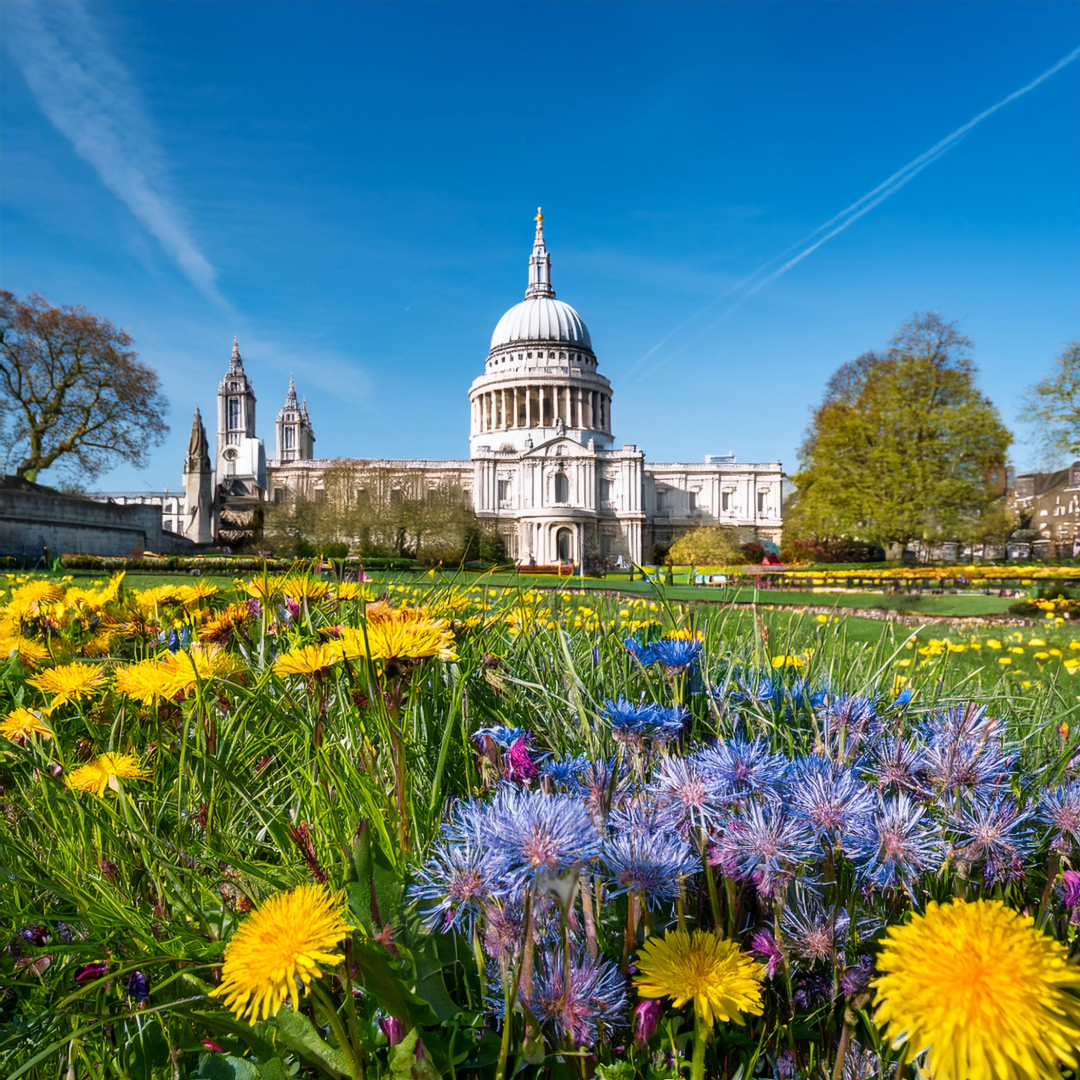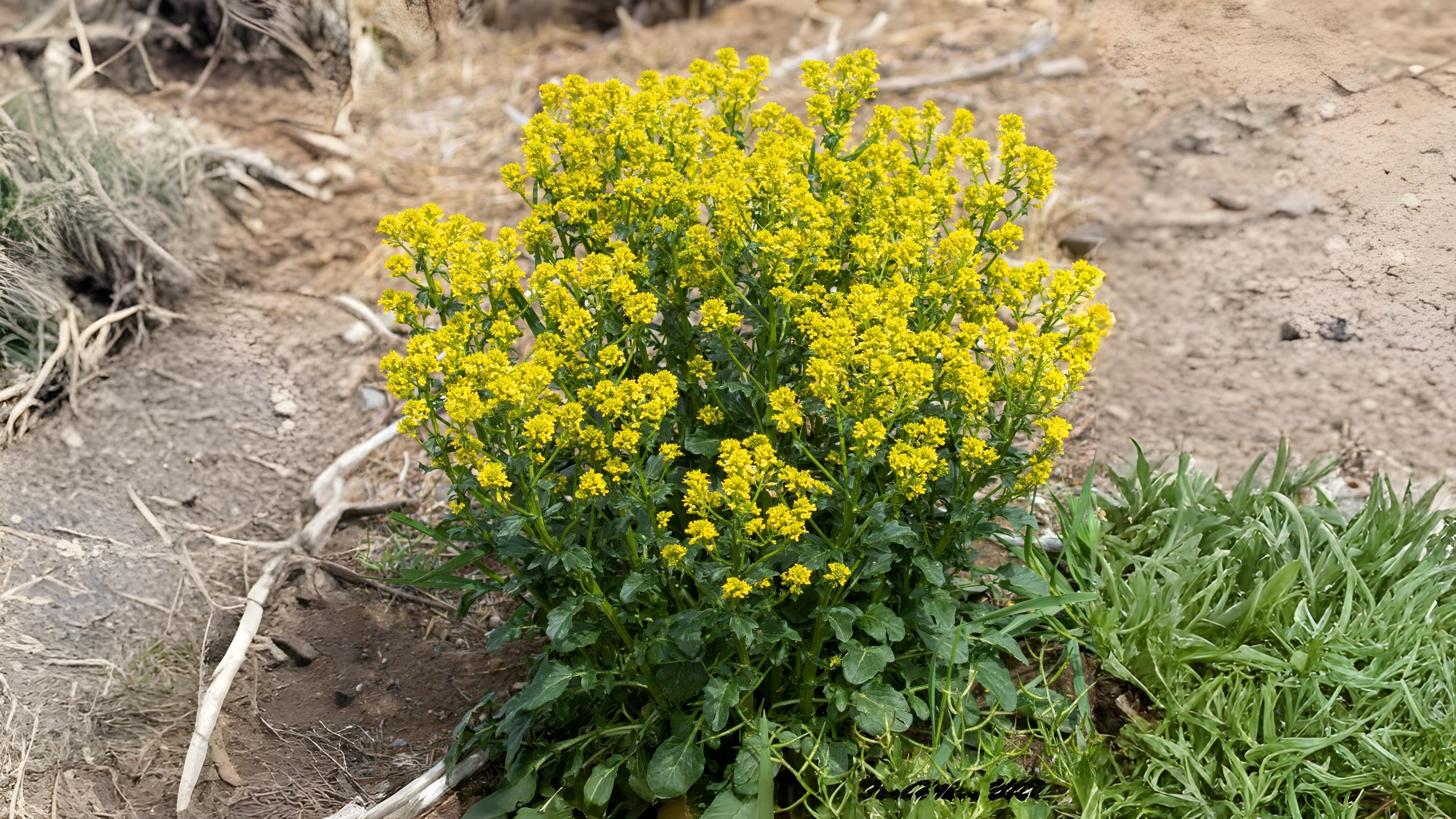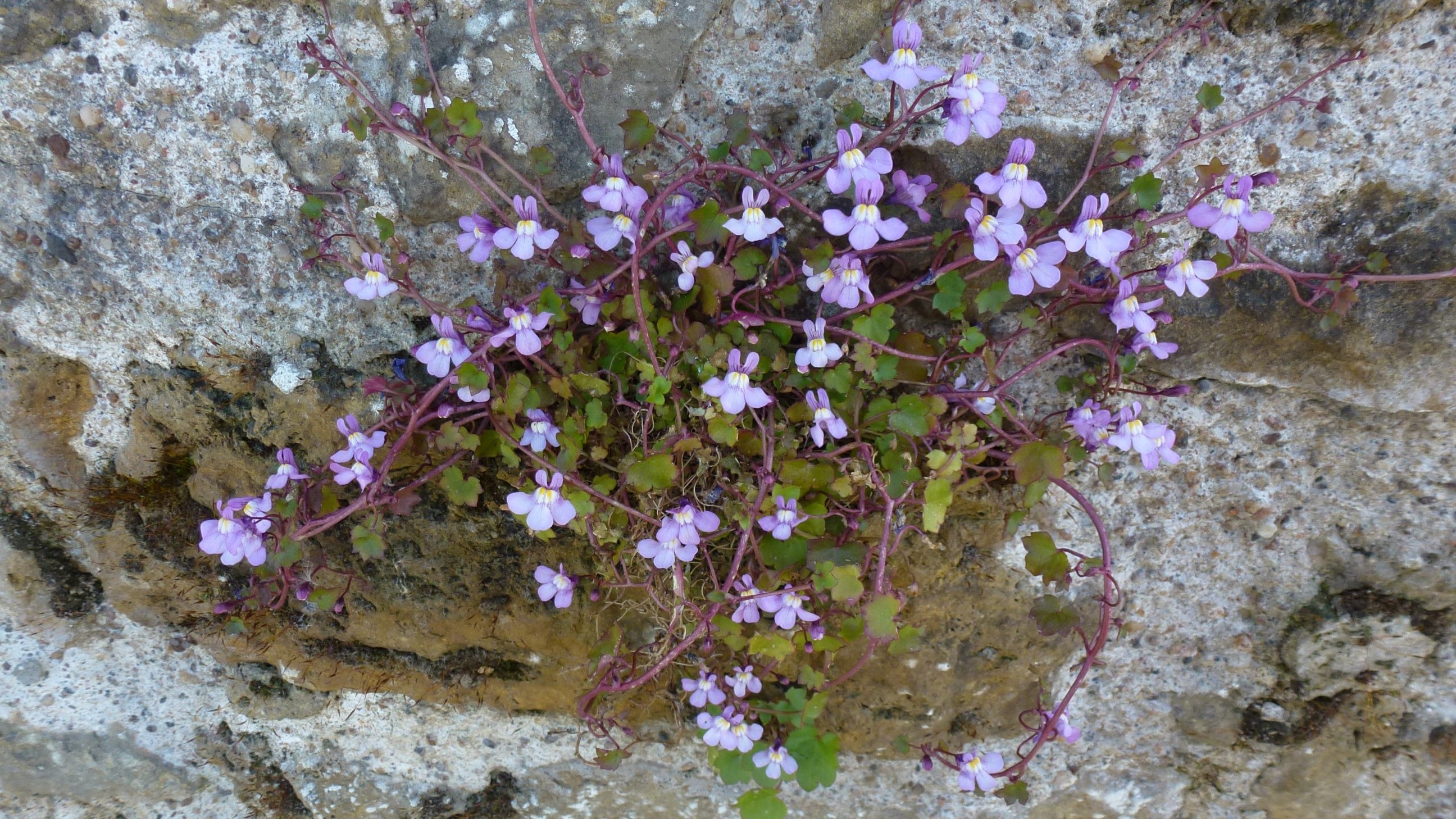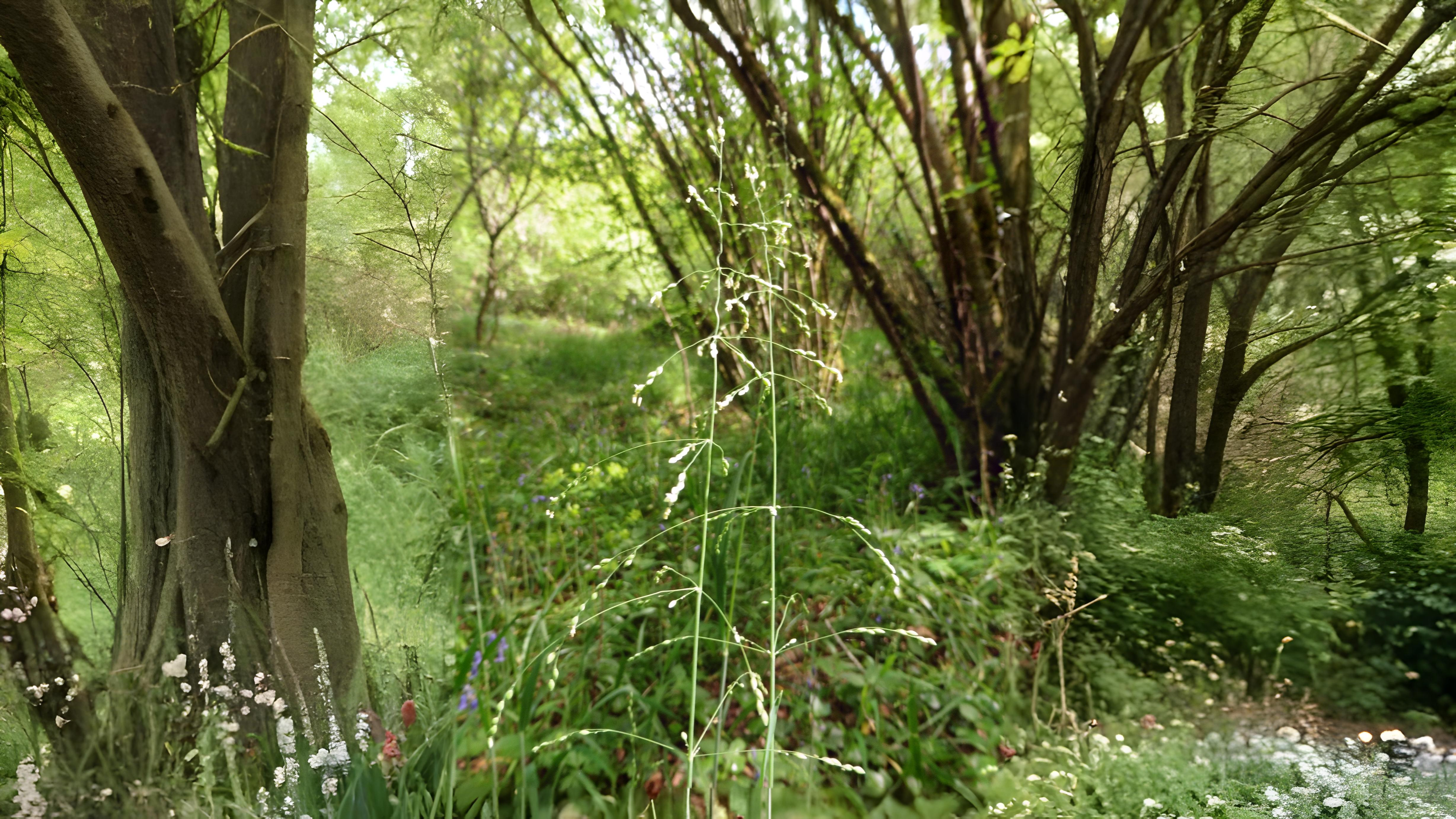This April, London’s landscapes burst into life with wildflowers and grasses, from the cheerful dandelions and delicate bluebells to the sweet-scented vernal grass. Did you know some grasses, like Sweet Vernal Grass, can evoke the nostalgic smell of new-mown hay? Join us on 20 April as we explore the vibrant world of wildflowers and early grasses, uncovering their stories and the beauty they bring to the city’s parks, pavements, and wild spaces. Don’t miss this celebration of nature’s intricate details!
Whereas it has been relatively easy to become acquainted with London’s wild flowers in the first three months of the year, it now becomes more difficult as considerably more plants start flowering. The common flowers of March continue, but are now found in more profusion e.g. dandelions, daisies, deadnettles, henbit, bittercresses, shepherd’s purse, periwinkles, wintercress, coltsfoot, alkanet, soft comfrey, chickweeds, groundsel, petty spurge, ground ivy, speedwells, lesser celandine and dog’s mercury. Others such as hellebores, lungwort, moschatel, whitlow grass, violets and barren strawberry are in less profusion.
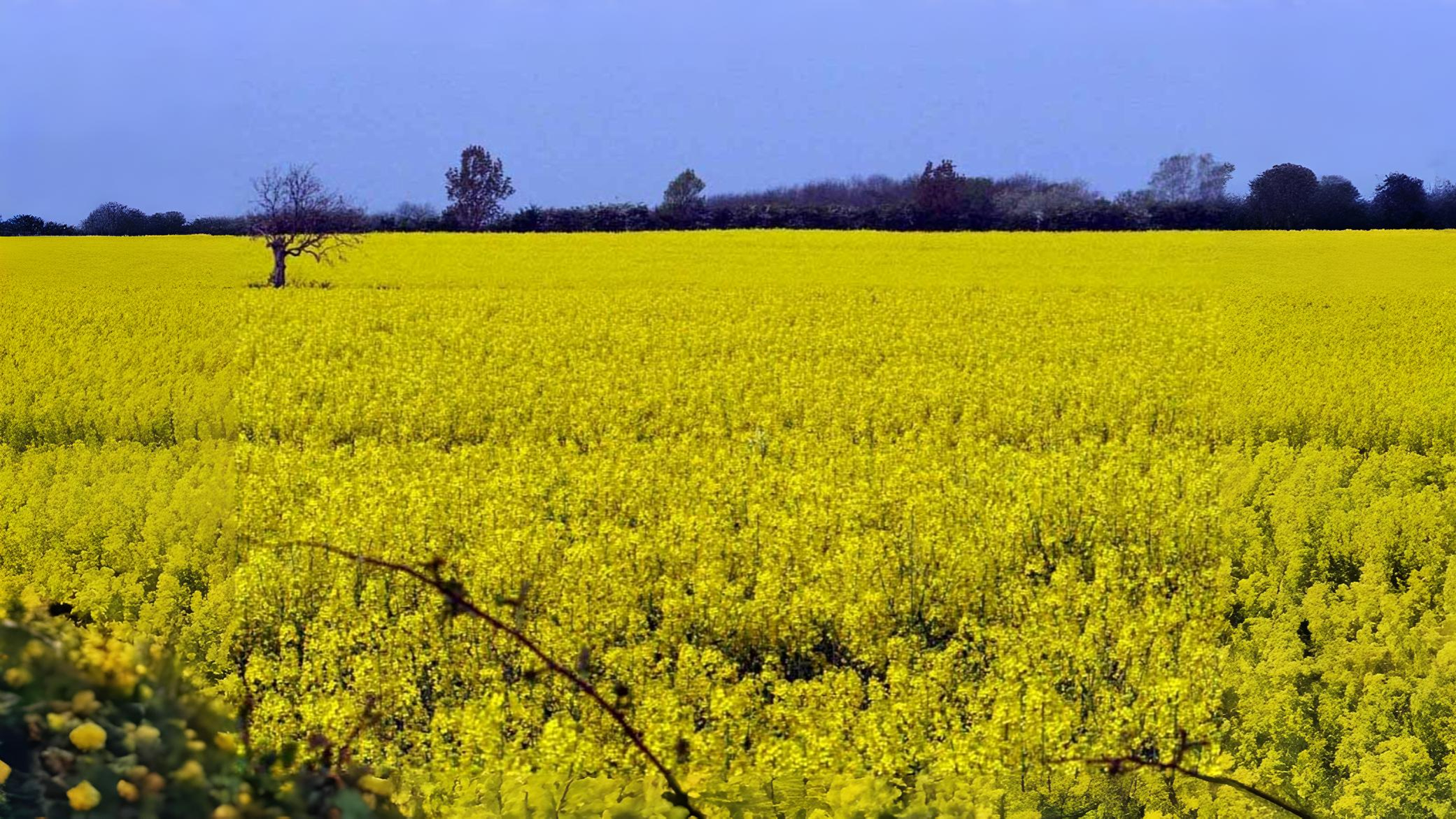
This flower has always symbolised madness; Shakespeare’s King Lear wore it in his hair. A number of rarer fumitories can be found later, usually as arable weeds. Pearlwort Sagina procumbens is an unremarkable, easily missed plant, usually trodden underfoot on pavements. It is now opening its tiny two millimetre wide plain white flowers. The more flamboyant Herb Robert Geranium robertianum, also found in cracks in the pavement, has red and a rarer white form. Later, its leaves will turn the fiercest red. Dovesfoot cranesbill Geranium molle is another of the earliest geraniums. It used to be drunk in claret as a cure for ruptures. The common wall plant ivy-leaved toadflax Cymbalaria muralis is now showing its small purple snapdragon flowers.
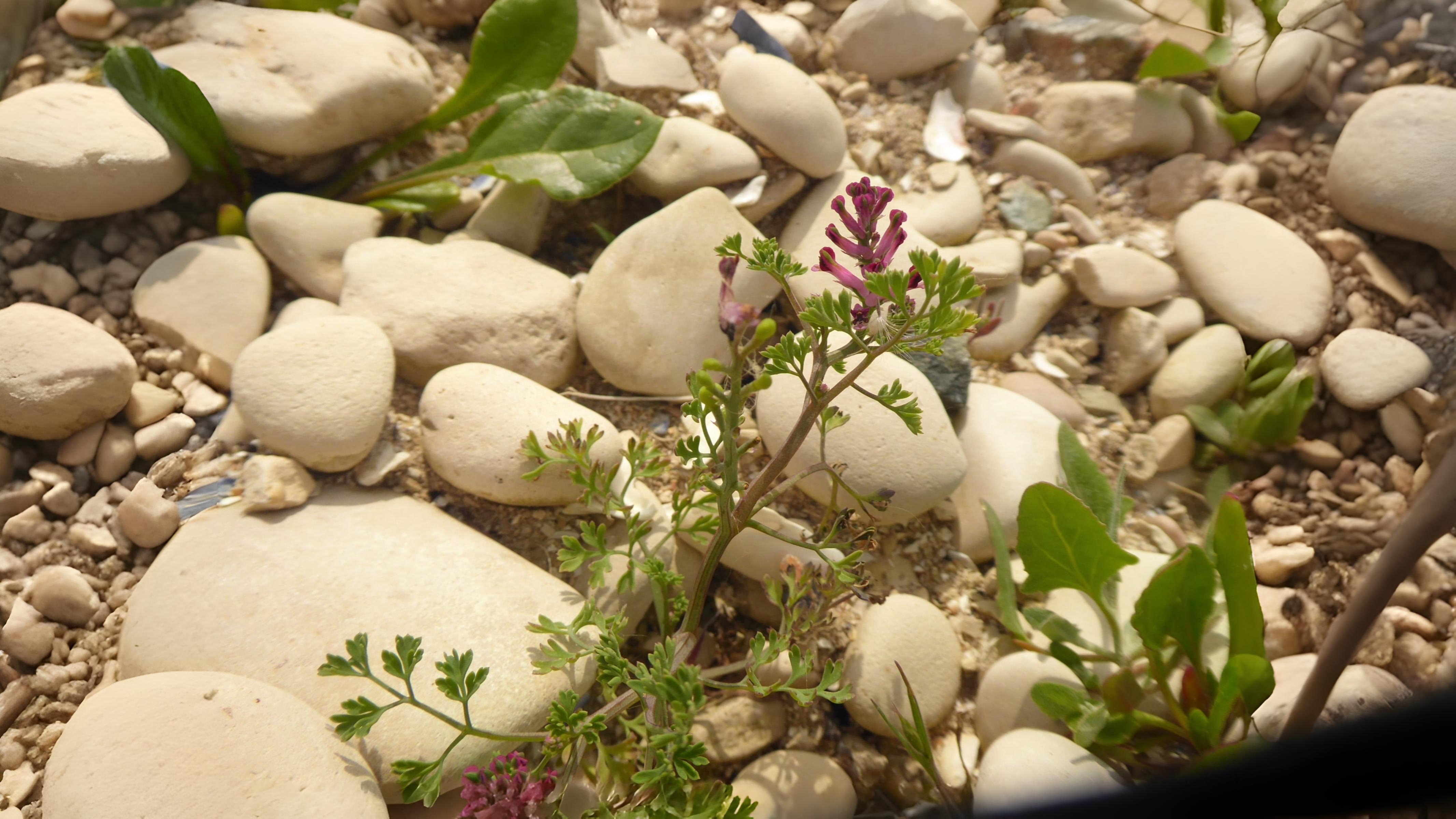
Its fruits noticeably bend back towards the wall, ensuring its seeds have the best chance of success. It is said to have been introduced on imported marble statues from Italy. Three other yellow flowers similar to rape are charlock Sinapsis arvensis, wintercress Barbarea vulgaris and wild turnip Brassica rapa. All these three members of the cabbage family Cruciferae can be found on waste areas this month.
So far few grasses, other than the ubiquitous Annual meadow grass Poa annua have been seen with flowering spikes. By late April this is changing and some early flowering species are starting to appear. Along the sides of roads and in waste areas you can expect to encounter Cocksfoot Dactylis glomerata and Barren brome Bromus sterilis. In more grassy areas Red Fescue Festuca rubra and Perennial Rye Grass Lolium perenne are possibilities and on lawns Sweet Vernal Grass Anthoxanthum oderatum. The flower heads of the latter species are famed for their smell of new mown hay (coumarin) which is believed to promote, and does, a feeling of well-being. In meadows you might expect to see the Meadow foxtail Alopecurus pratensis whose flower heads might, at a pinch, be compared to minute ‘fox tails’. In woods, sometimes Wood melic Melica uniflora and Wood millet Milium effusum make an appearance and on heaths
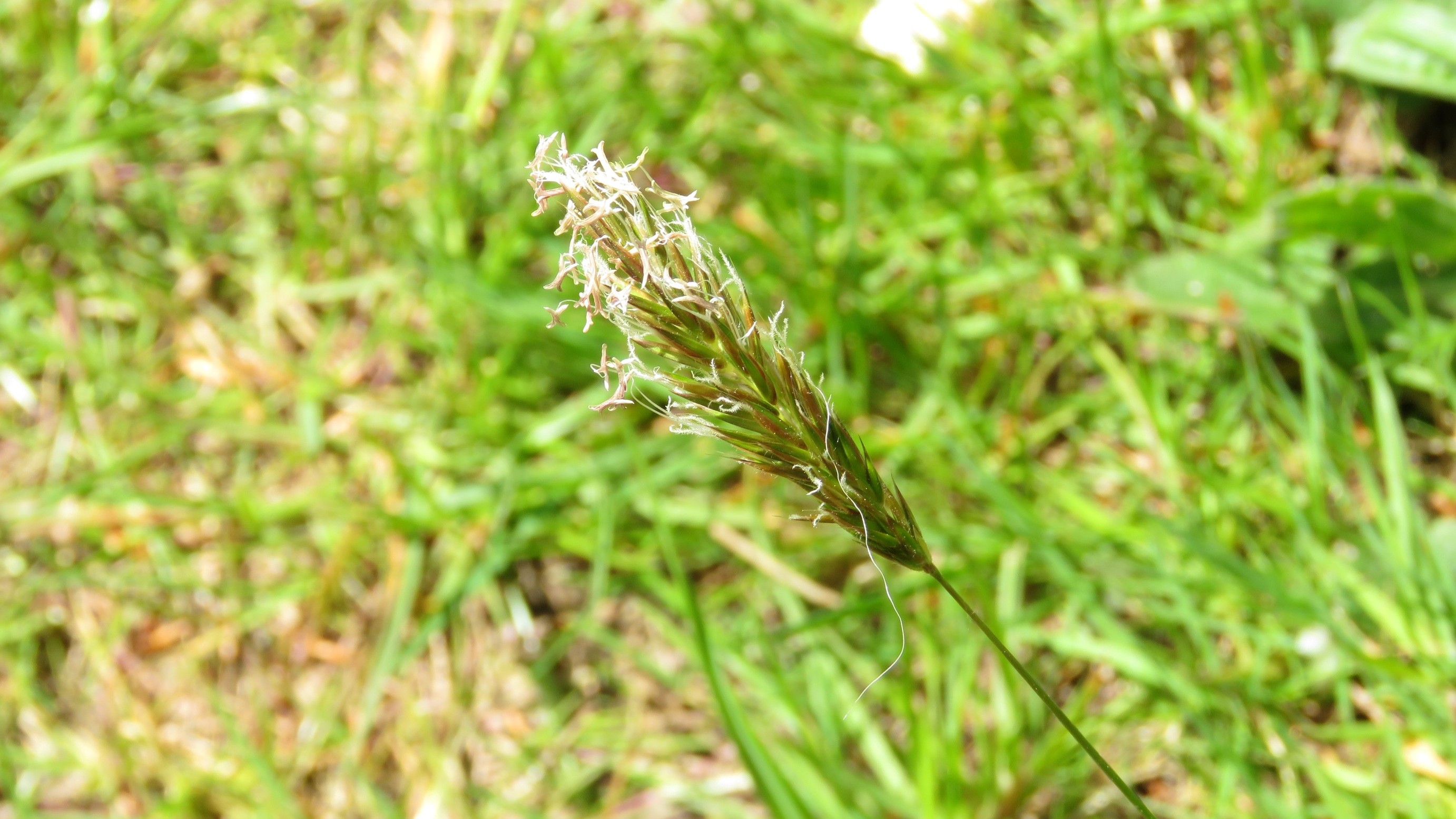
Early hair grass Aira praecox. An early grass to appear on chalk downland is Sheep’s fescue Festuca ovina and along the estuary perhaps Early meadow grass Poa infirma. Rather more interesting grasses to look out for might be Fern grass Catapodium rigidum on railway embankments, Squirreltail fescue Vulpia bromoides on sandy paths and Black twitch Alopecurus myosuroides at the edges of cultivated fields. These are all just possibilities now but next month all the habitats mentioned will be awash with new grasses.
